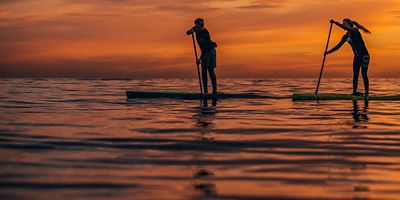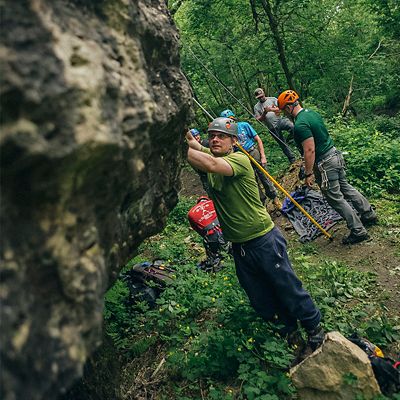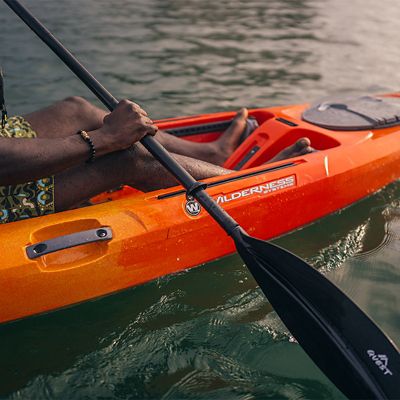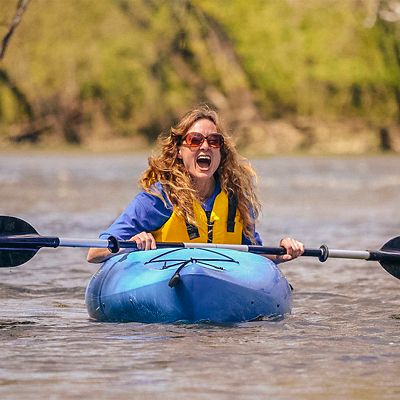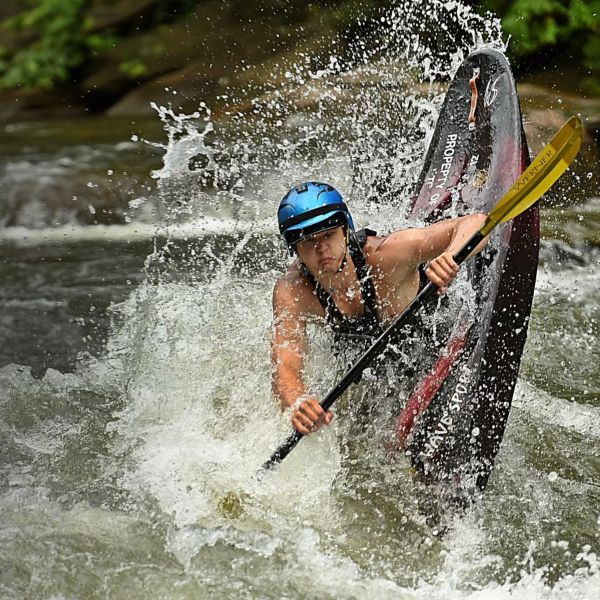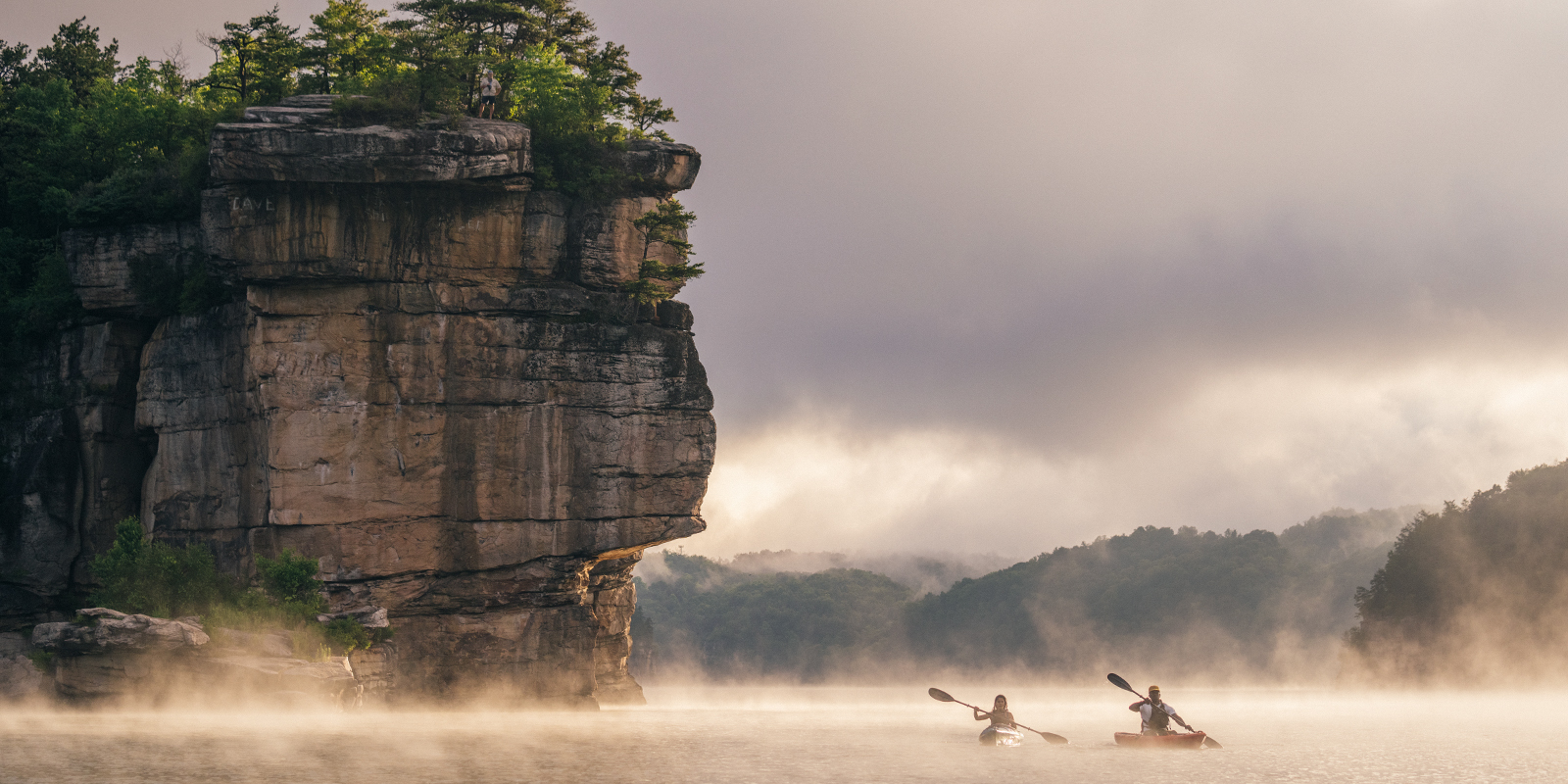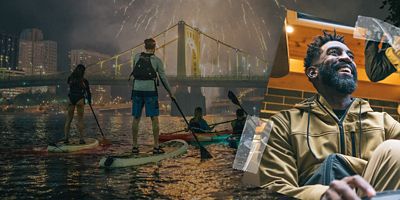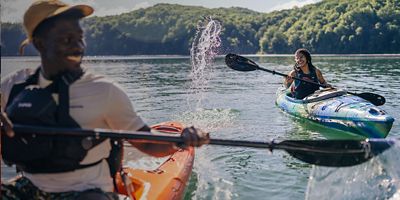Canoes have stood the test of time. As an important tool for travel and exploration for millenia, the basic idea has stayed consistent (what other piece of gear can you say that about?). But that doesn’t mean they haven’t evolved; today’s models benefit from modern technology and materials, not to mention centuries of design advances. So whether you’re looking for a craft to mount a weeklong expedition, a solo option for navigating moderate rapids, or just a stable boat for afternoon fish forays, the right canoe won’t ever go out of style—setting you up for a lifetime on the water.
Ask Yourself These Questions
Step one in shopping for a new boat is anticipating its most demanding use and getting a model to match. Ask yourself these questions to zero in on the right one:
Will most of your trips be solo or will you take a friend or your kids?
It might be tempting to get a larger canoe for the versatility—you can paddle it alone or with others—but it will be harder to handle on solo trips, both in the water and transferring to and from the car.
Will you always be on flatwater or would you like to take it downriver?
Consider both what you’ll do now and in the future. If you’re just starting out, you might spend time getting comfortable on flatwater before progressing to rivers with rougher conditions.
Are you going to be cranking out the miles or bobbing around a lake with a fishing pole?
If you want to go fast and far, pay attention to both design and materials, as they work together to improve efficiency.
How much gear will you be carrying?
Be realistic about this. An overloaded canoe is unstable, especially if you have to pile gear above the gunwales (the rim).
Types of Canoes
Once you’ve determined your priorities, sift through these broad categories.
Recreational Canoes: Think flatwater, family outings, fishing.
Pros: Easy to paddle, super stable and tough to capsize (often thanks to a straight keel and wide, flat bottom). Can feature a flat stern for mounting a motor.
Cons: A little slower to paddle and not as nimble as other crafts.
Whitewater Canoes: Best for handling swift moving water and navigating rapids.
Pros: Highly maneuverable because they have more rocker (the curve of the underside from bow to stern); higher sides knock down splashes; tougher materials protect from impacts and abrasions in rocky rivers.
Cons: The agile design has less initial stability (what you feel when you first get in the canoe), which might make beginners uncomfortable.
Tripping Canoes: Also called touring canoes, these are a mix between recreational and whitewater canoes.
Pros: They have some rocker but don’t sacrifice too much stability; design is a little bit narrower to help with speed over long distances; extra length compensates for the width, allowing them to carry more gear.
Packable Canoes: These are all about portability, and can be either inflatable or foldable (meaning constructed with a breakdown skeletal frame covered by a canvas or poly-based skin).
Pros: Good for both beginner paddlers short on storage and expedition paddlers looking to go long with boats that can be disassembled for flights to remote put-ins.
Cons: Not as durable or efficient as conventional canoes.








